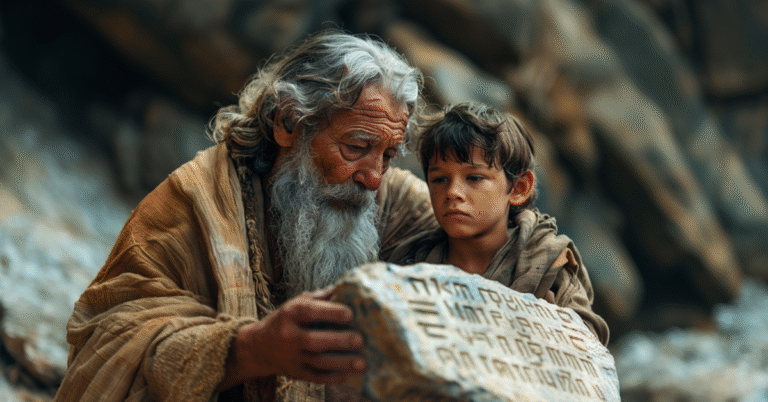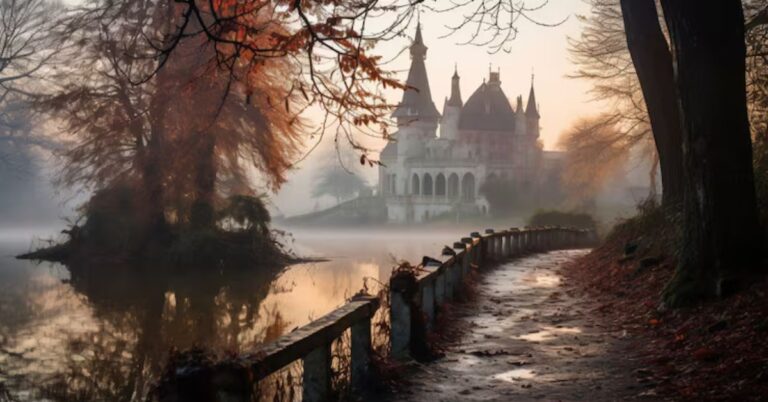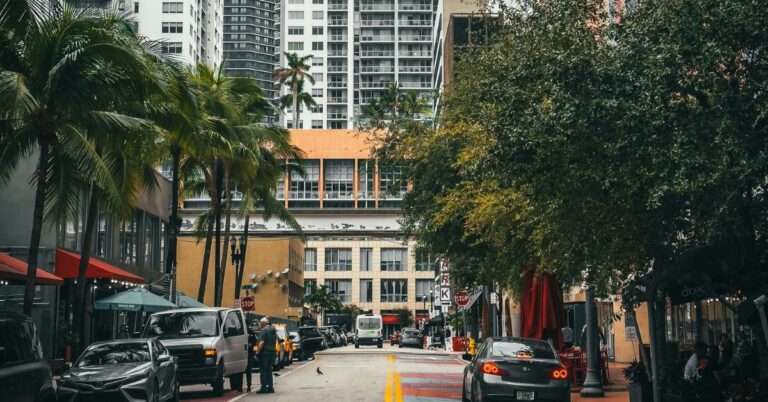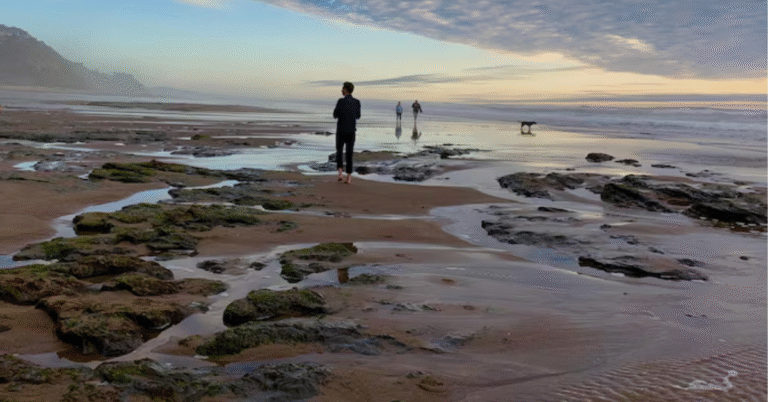Sa Mạc Mojave: Complete Guide to America’s Desert Wonder
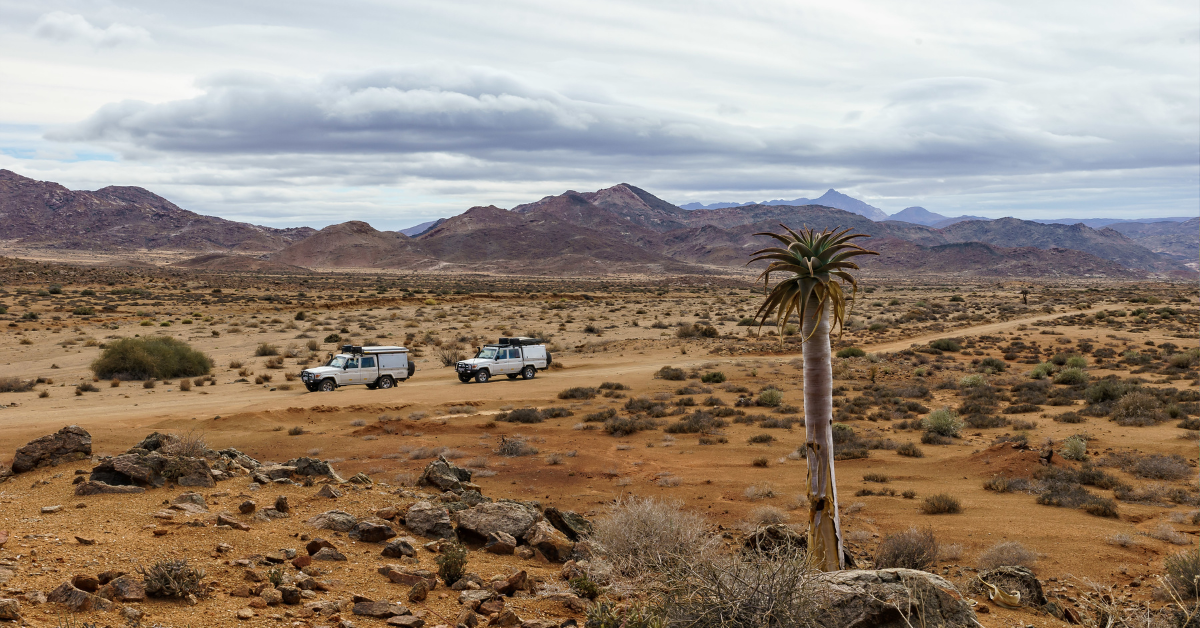
Sa Mạc Mojave, also known as the Mojave Desert, is one of the most iconic deserts in the United States. Stretching across southeastern California, southern Nevada, and parts of Arizona and Utah, this desert is a land of extremes. It is famous for its unique landscapes, scorching temperatures, mysterious flora and fauna, and cultural significance. While many people imagine deserts as lifeless places, the Mojave tells a different story—it is filled with beauty, history, and adventure. In this article, we will explore the Mojave Desert’s geography, climate, wildlife, cultural heritage, travel destinations, and essential tips for visitors. Whether you are a student, a curious learner, or a traveler planning an adventure, this guide will give you everything you need to know about Sa Mạc Mojave.
Geography of Sa Mạc Mojave
The Mojave Desert covers around 47,000 square miles, making it one of the largest deserts in North America. It is bordered by the Great Basin Desert to the north and the Sonoran Desert to the south. The desert is named after the Mojave people, an Indigenous tribe that once lived in the region.
The landscape of the Mojave is diverse, featuring rugged mountains, wide valleys, dry lake beds, and unique geological formations. The famous Death Valley, the lowest point in North America, is part of this desert. Because of its vastness, travelers can find everything from sand dunes to rocky canyons within the Mojave’s boundaries.
Climate and Weather
The climate of the Mojave is classified as arid, with hot summers and cool winters. Summer temperatures often soar above 110°F (43°C), especially in places like Death Valley. Winters are mild, but nighttime temperatures can drop below freezing in higher elevations.
Rainfall is very limited, averaging less than 5 inches per year. However, rare storms can transform the desert landscape, bringing seasonal wildflowers that attract photographers and nature lovers from around the world.
Flora and Fauna of the Mojave Desert
Despite its harsh conditions, the Sa Mạc Mojave supports a wide variety of life. The most famous plant of the region is the Joshua Tree, a spiky and twisted yucca plant that has become a symbol of the desert. Other plants include creosote bush, desert sage, and cactus varieties.
Wildlife is equally fascinating. The desert is home to species like desert tortoises, roadrunners, bighorn sheep, rattlesnakes, and coyotes. Many of these animals have developed special adaptations to survive extreme heat and scarce water.
History and Cultural Significance
The Mojave Desert has been home to Indigenous peoples for thousands of years. The Mojave tribe and neighboring Native American groups developed ways to survive in the harsh desert environment. They created trails, hunted, and gathered desert plants for food and medicine.
In modern history, the desert played a role in mining, the railroad industry, and military training grounds. Today, it is not only a natural wonder but also a cultural symbol, appearing in movies, literature, and music.
Top Attractions in Sa Mạc Mojave
- Joshua Tree National Park – Known for its unique Joshua Trees and massive rock formations, perfect for hiking and rock climbing.
- Death Valley National Park – The hottest place on Earth, featuring Badwater Basin, Zabriskie Point, and Furnace Creek.
- Mojave National Preserve – A less-crowded destination with sand dunes, lava flows, and wildflower fields.
- Red Rock Canyon (Nevada) – Famous for its red sandstone peaks and hiking trails.
- Kelso Dunes – Towering sand dunes that create a “singing” sound when sand shifts.
Travel Tips for Visiting the Mojave Desert
- Stay Hydrated – Always carry extra water as dehydration can happen quickly.
- Dress Properly – Lightweight clothes in summer, layers for winter nights, and a wide-brimmed hat are essential.
- Plan Ahead – Many areas have limited cell service, so carry maps and navigation tools.
- Respect Wildlife – Observe animals from a distance and never disturb their habitats.
- Best Time to Visit – Spring and fall are the most comfortable seasons for travel.
Modern Life and Sustainability in the Mojave
The Mojave Desert is not just a tourist spot—it also supports communities and industries. Solar energy farms, military bases, and small desert towns contribute to its economy. However, environmental concerns such as water scarcity, urban expansion, and climate change are major challenges. Conservation efforts are underway to protect the desert’s delicate ecosystem and preserve it for future generations.
Conclusion
The Sa Mạc Mojave is a land of contrasts—scorching yet beautiful, harsh yet full of life. From its unique Joshua Trees to the mysteries of Death Valley, the desert continues to fascinate travelers, researchers, and nature lovers alike. By exploring its landscapes, respecting its wildlife, and understanding its history, visitors can truly appreciate the wonders of this desert. Whether you are planning a trip or simply learning, the Mojave Desert is a reminder of nature’s resilience and beauty.
FAQs About Sa Mạc Mojave
Q1: Where is the Mojave Desert located?
It spans southeastern California, southern Nevada, and parts of Arizona and Utah.
Q2: Why is it called Sa Mạc Mojave?
“Sa Mạc” means desert in Vietnamese, so “Sa Mạc Mojave” translates to Mojave Desert.
Q3: What is the most famous plant in the Mojave Desert?
The Joshua Tree is the most iconic plant of the region.
Q4: Is it safe to visit the Mojave Desert?
Yes, but travelers must prepare properly with water, maps, and protective clothing.
Q5: When is the best time to visit?
Spring (March–May) and fall (September–November) offer the most pleasant weather.



